List of main monuments, museums, and cultural interest spots in Hamburg, including its historic port, emblematic buildings and museum spaces. Also features alternative places that perfectly embody this city in northern Germany.
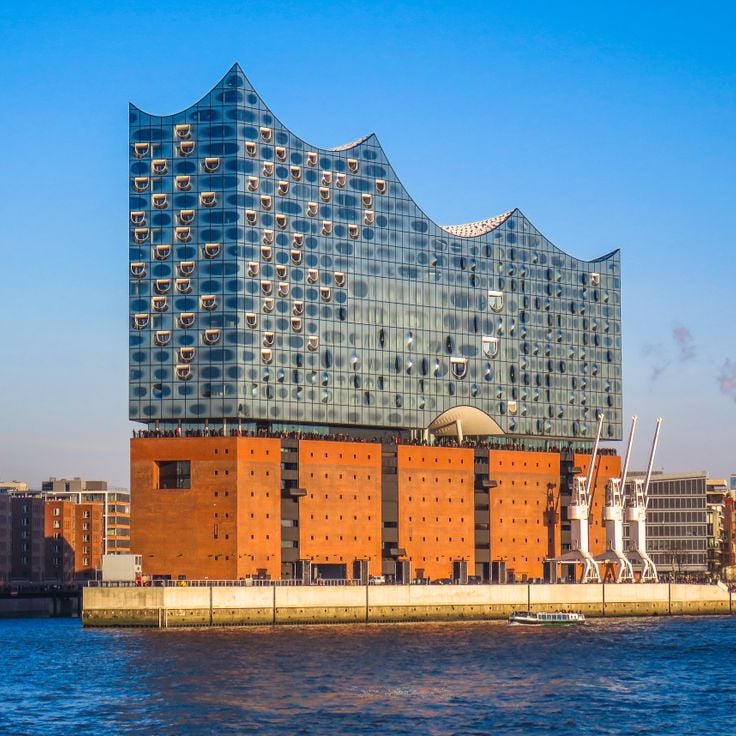
HafenCity, Hamburg, Germany
Music center with three concert halls in a glass building constructed on a former warehouse. Classical and symphonic music concerts are regularly held there.
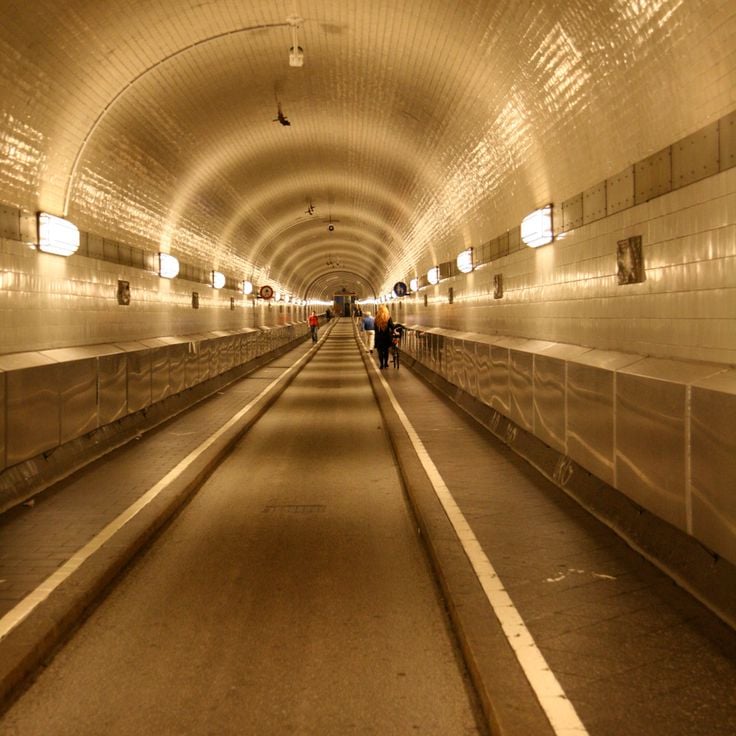
St. Pauli, Hamburg, Germany
First tunnel under the Elbe built in 1911, 426 meters long at 24 meters below the river level, accessible by century-old elevators.

Hamburg-Altstadt, Germany
Miniature train network of 1,500 square meters showcasing detailed replicas of regions from Europe and America, with 15 kilometers of tracks.
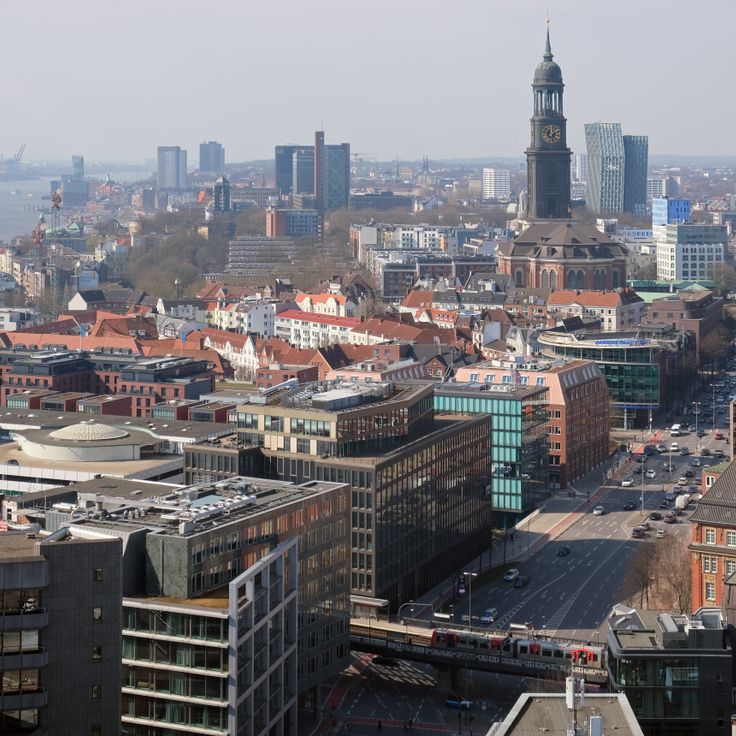
Hamburg, Germany
Germany's premier sea port, founded in the 9th century. It spans 72 square kilometers and receives merchant ships from around the world.
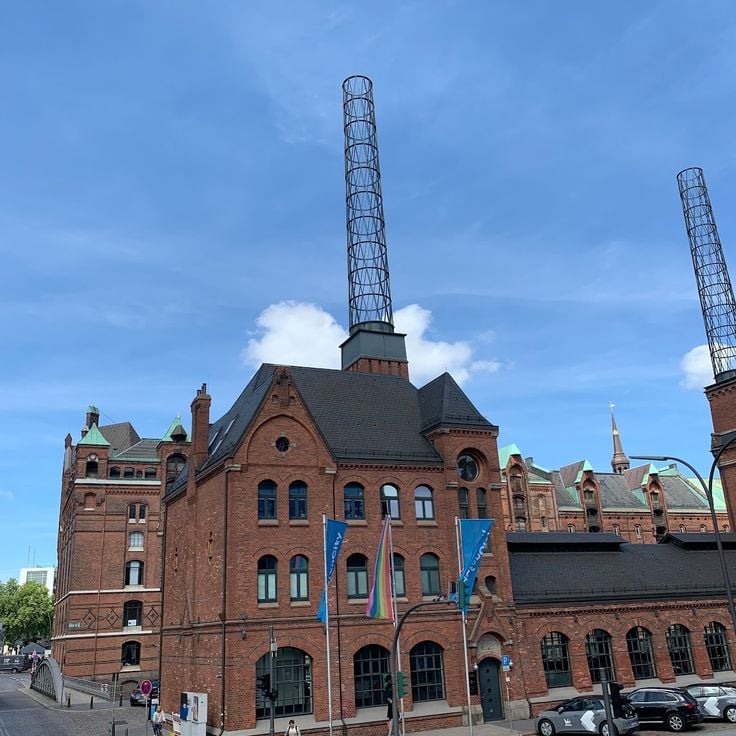
Hamburg-Altstadt, Germany
Industrial area built between 1883 and 1927 on fourteen islands, with red brick buildings connected by bridges and canals.
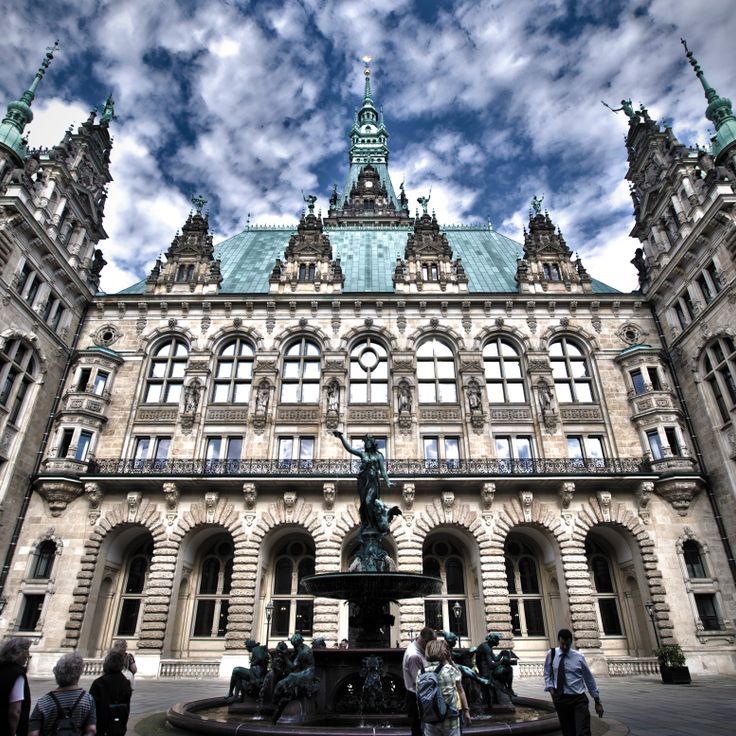
Hamburg-Altstadt, Germany
Building constructed between 1886 and 1897 in neo-Renaissance style with a sandstone facade, decorated rooms, and a central tower of 112 meters.
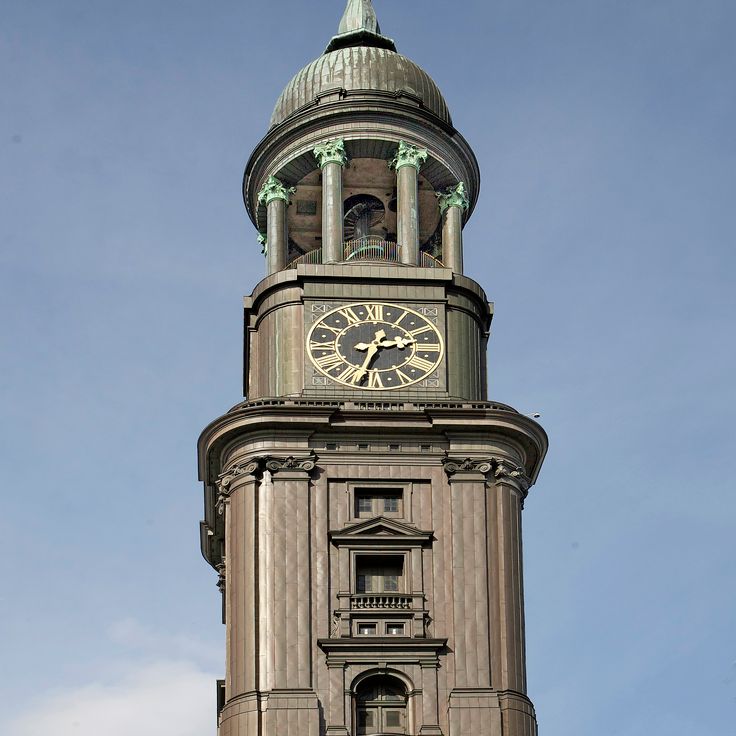
Neustadt, Hamburg, Germany
Large church built in the 18th century, a symbol of the city with its 132-meter copper tower overlooking the port of Hamburg.
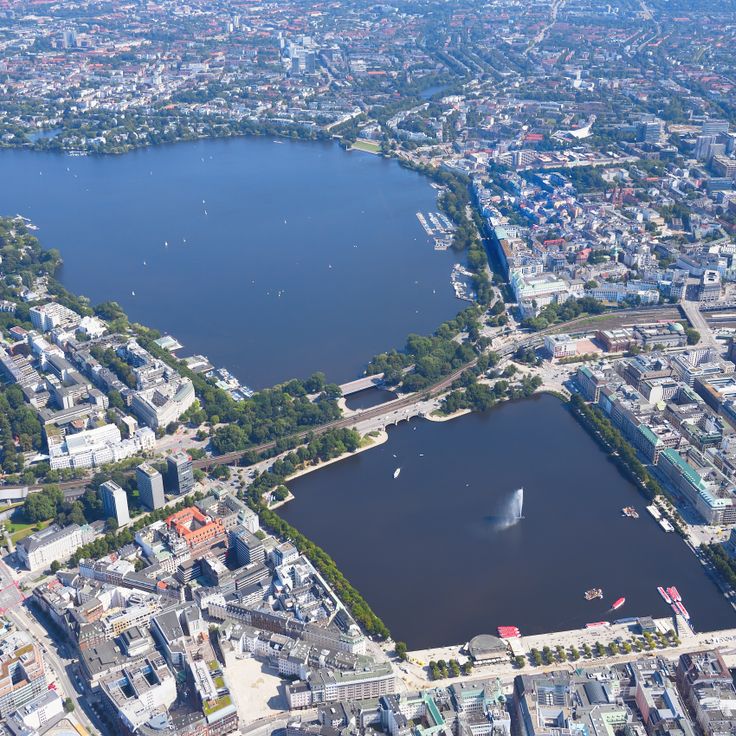
Hamburg, Germany
This artificial lake of 160 hectares offers strolls and water activities. Sailboats, pedal boats, and kayaks navigate its waters throughout the seasons.

Hamburg-Altstadt, Germany
Museum founded in 1869 presenting a collection of European art from the Middle Ages to today, with works by Caspar David Friedrich and Max Liebermann.
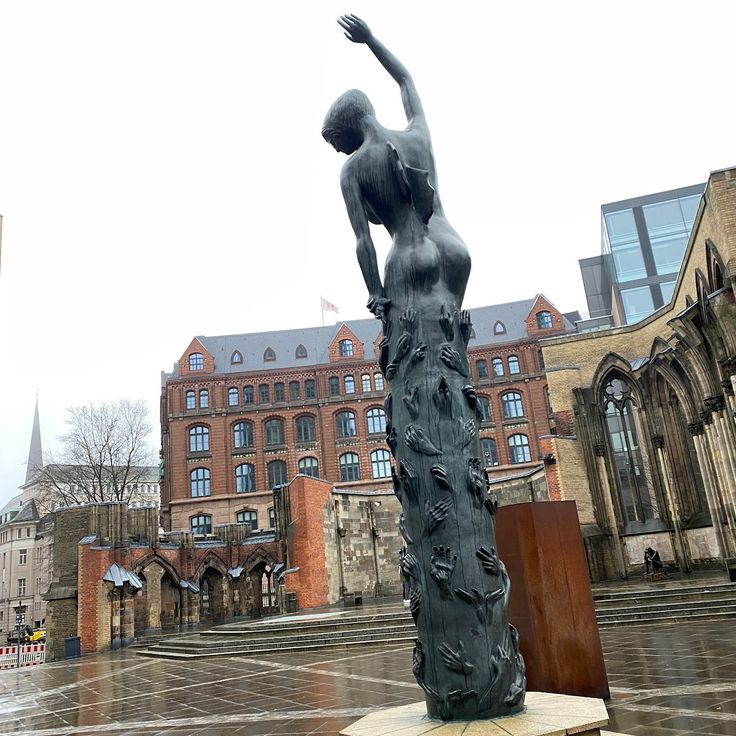
Hamburg-Altstadt, Germany
This 12th-century church was destroyed during World War II. Only the tower and outer walls remain, transformed into a memorial site.
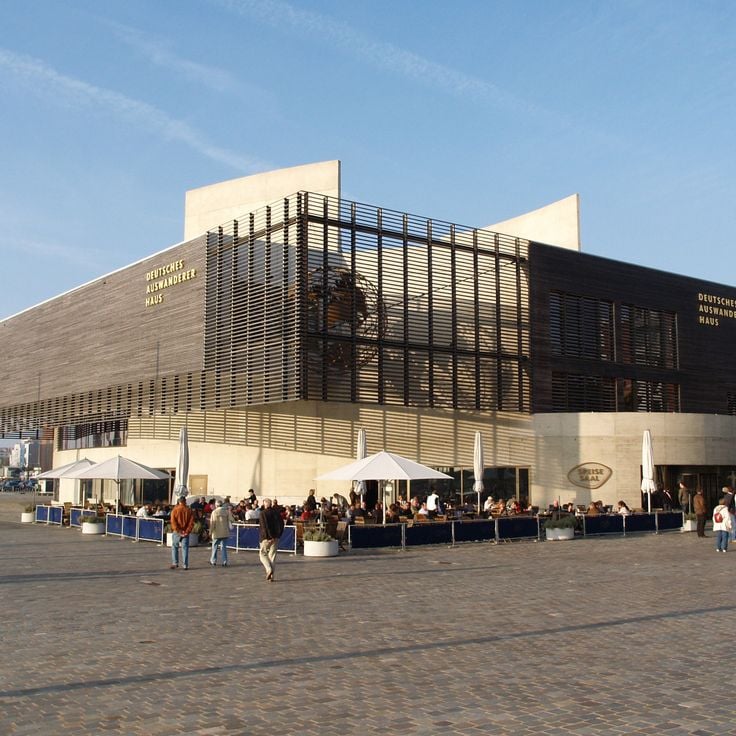
Veddel, Hamburg, Germany
Historical center retracing the journey of 5 million Europeans who left for the New World between 1850 and 1934, with documents and personal items.
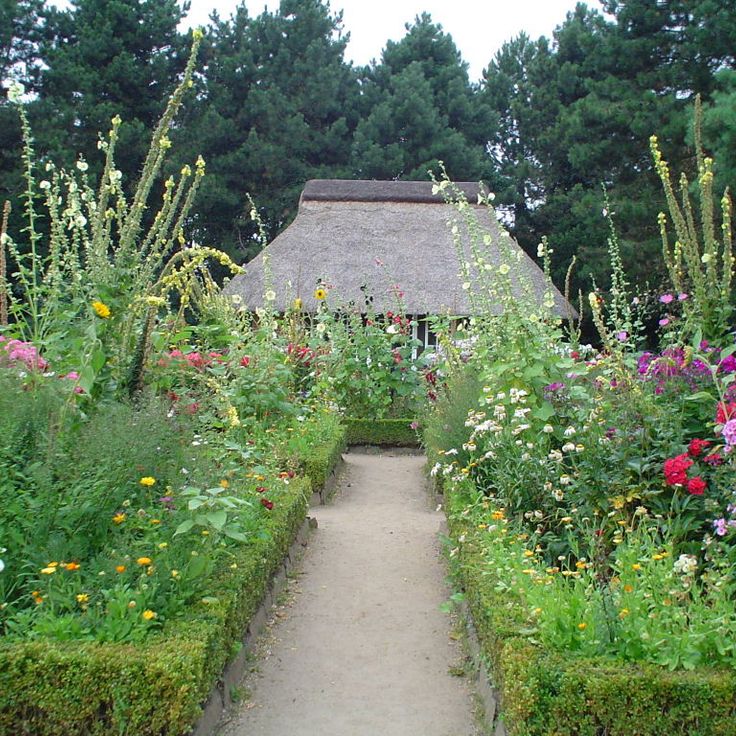
Hamburg, Germany
Extensive plant collection with over 10,000 different species, tropical greenhouse, Japanese garden, rose garden, and decorative water features.
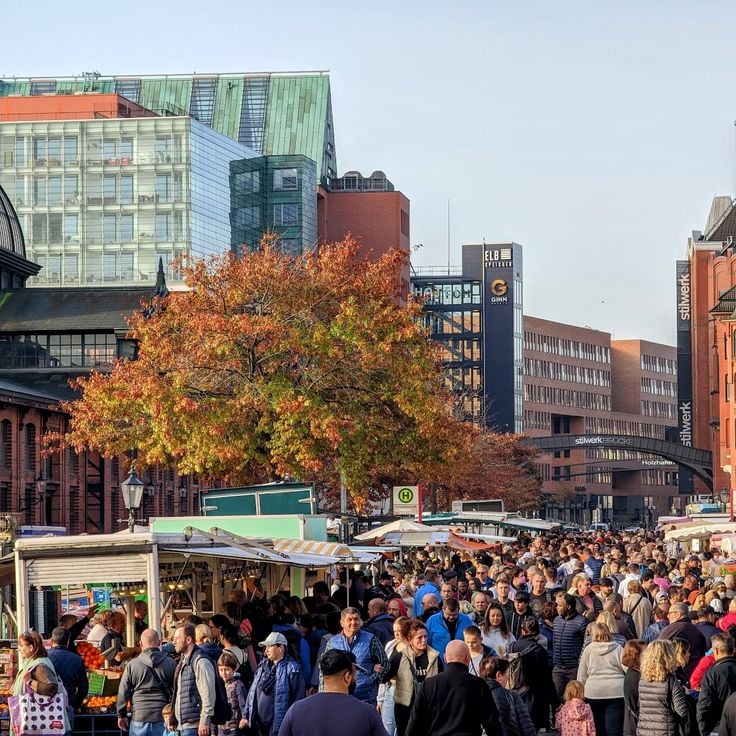
St. Pauli, Hamburg, Germany
The market sells fresh fish, seafood, and local culinary specialties since 1703. Vendors start selling very early in the morning.
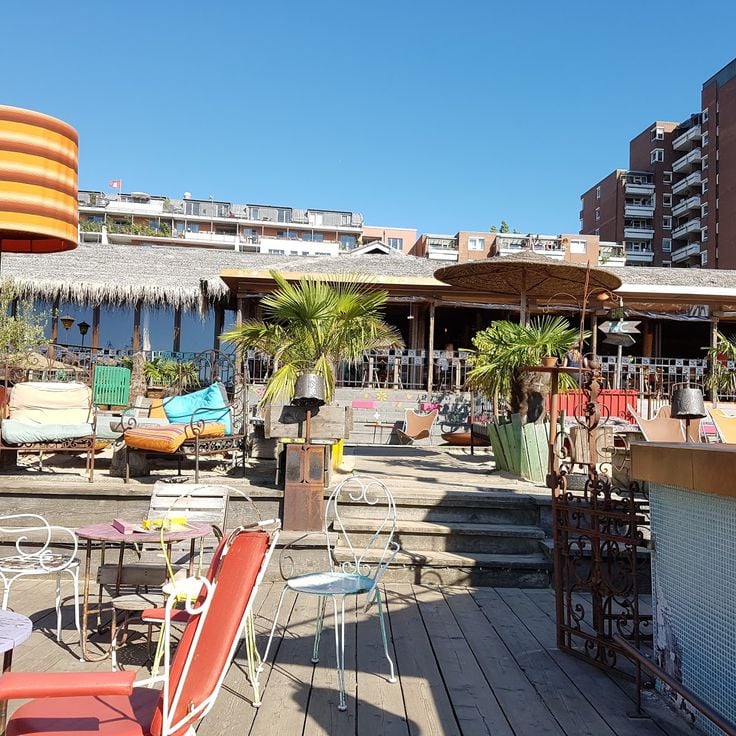
St. Pauli, Hamburg, Germany
A bar located on the banks of the Port of Hamburg with an artificial beach. Guests can relax in deckchairs and watch passing ships.
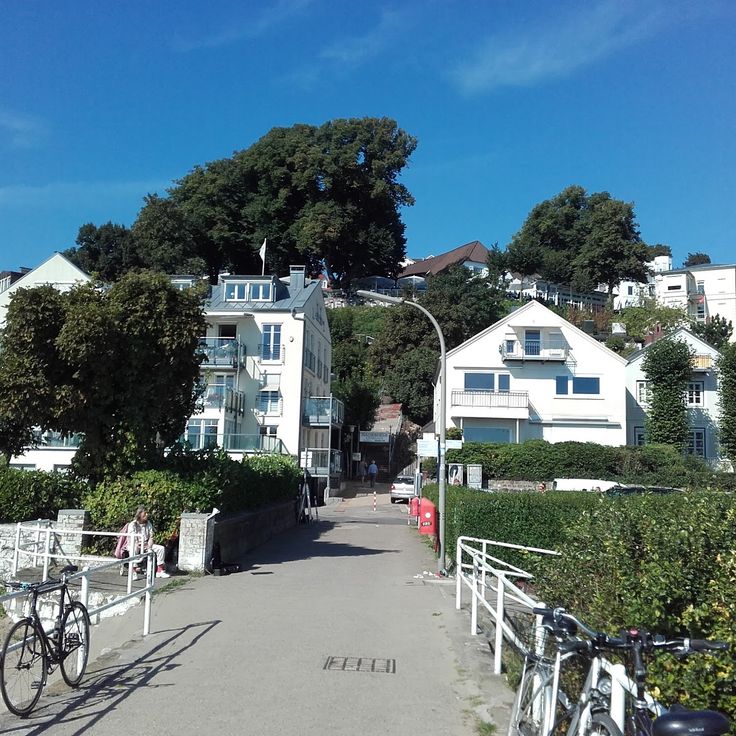
Blankenese, Hamburg, Germany
Historic village along the Elbe characterized by narrow staircases, cobblestone streets, captain's villas, and fisherman's houses on the hill.
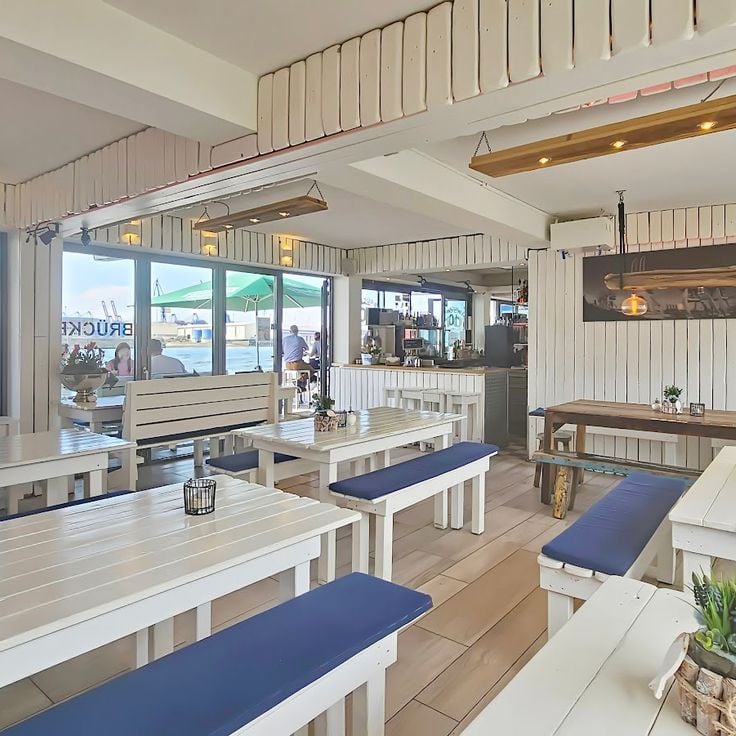
St. Pauli, Hamburg, Germany
Family-run restaurant located on the harbor quay serving fresh fish sandwiches, marinated herrings, and local prawns since 1970.
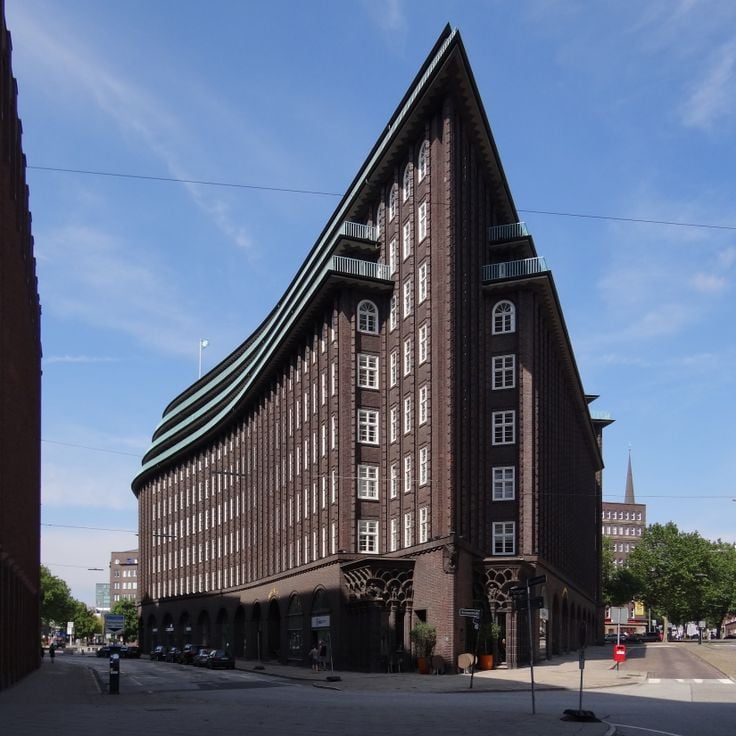
Hamburg-Altstadt, Germany
Brick office building constructed in 1924 shaped like a ship's prow. The ten stories and angular facades represent German Expressionist architecture.
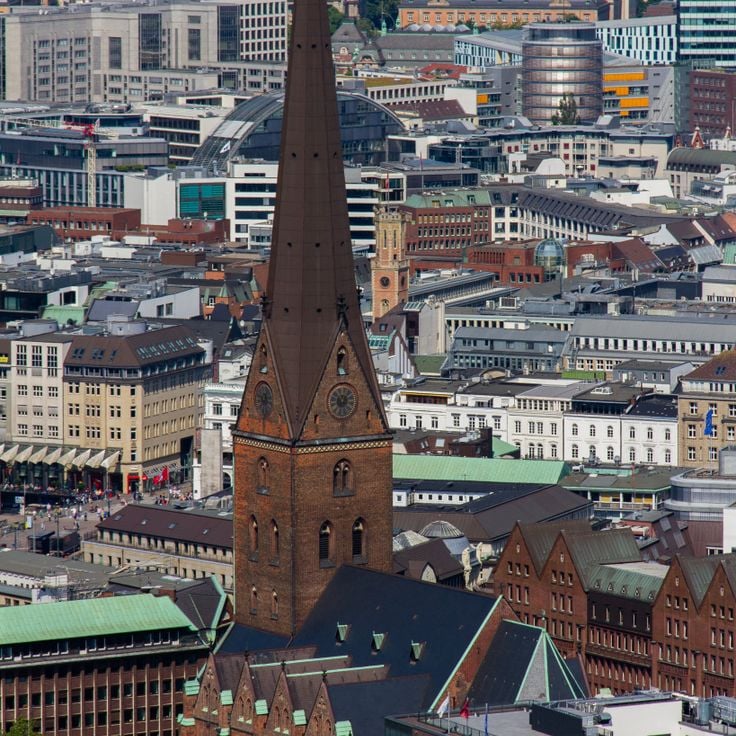
Hamburg-Altstadt, Germany
This brick church in the city center dates from the 13th century. Its current neo-Gothic architecture results from reconstruction after the 1842 fire.

Hamburg-Altstadt, Germany
Medieval church from the 14th century with its red brick Gothic nave, five altars, and a Baroque organ from 1693 made by Arp Schnitger.

St. Pauli, Hamburg, Germany
1942 military structure transformed into an artistic creation center. The building houses music studios, concerts, and exhibitions.
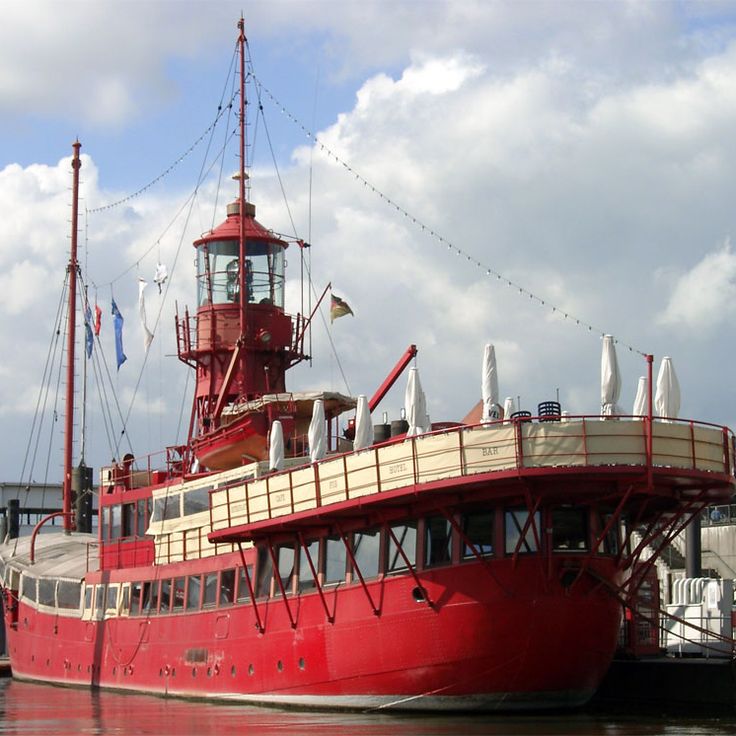
Port of Hamburg, Germany
This red maritime lightship built in 1936 now serves as a restaurant. The interior rooms retain the original maritime architecture with equipment and fittings.

Port of Hamburg, Germany
This 32-meter barge hosts events and parties during nighttime cruises in the port and canals of Hamburg.
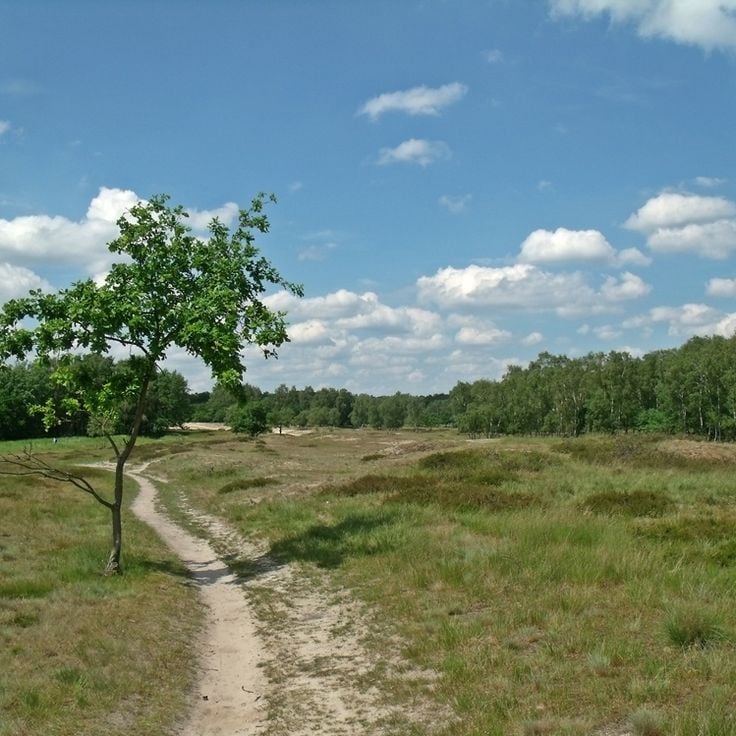
Boberg, Hamburg, Germany
Natural area composed of white sand dunes east of Hamburg, formed by Elbe deposits. The site showcases vegetation adapted to the sandy environment.
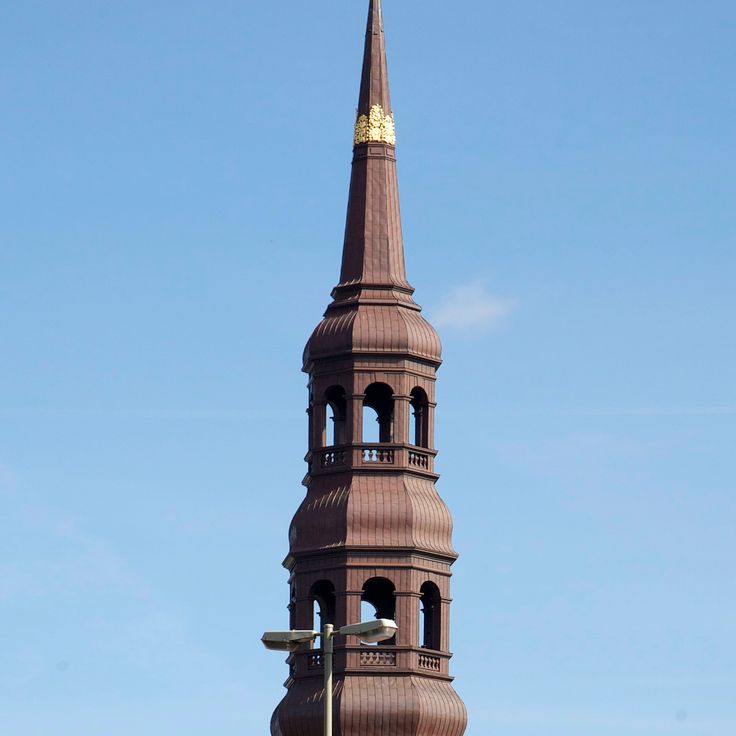
Hamburg-Altstadt, Germany
Gothic religious monument with 13th-century walls and the addition of a copper bulb tower in 1657. The five naves reflect Hanseatic medieval architecture.
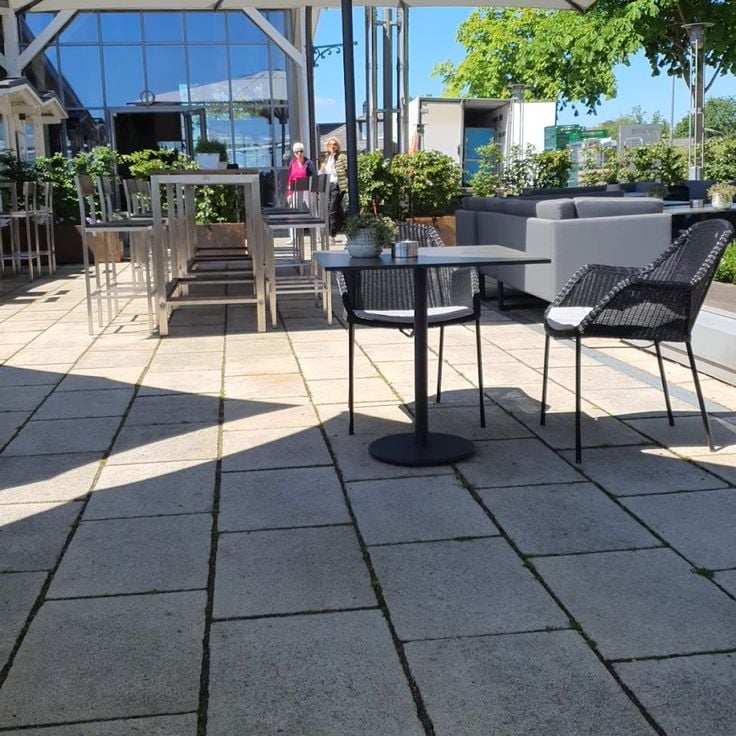
Port of Hamburg, Germany
Located in a former Elbe water level measurement station, this tiny restaurant with a capacity for two guests serves regional dishes.

Hamburg, Germany
Permanent collections display the evolution of medicine since the 19th century with surgical instruments, prosthetics, and wax anatomical models.
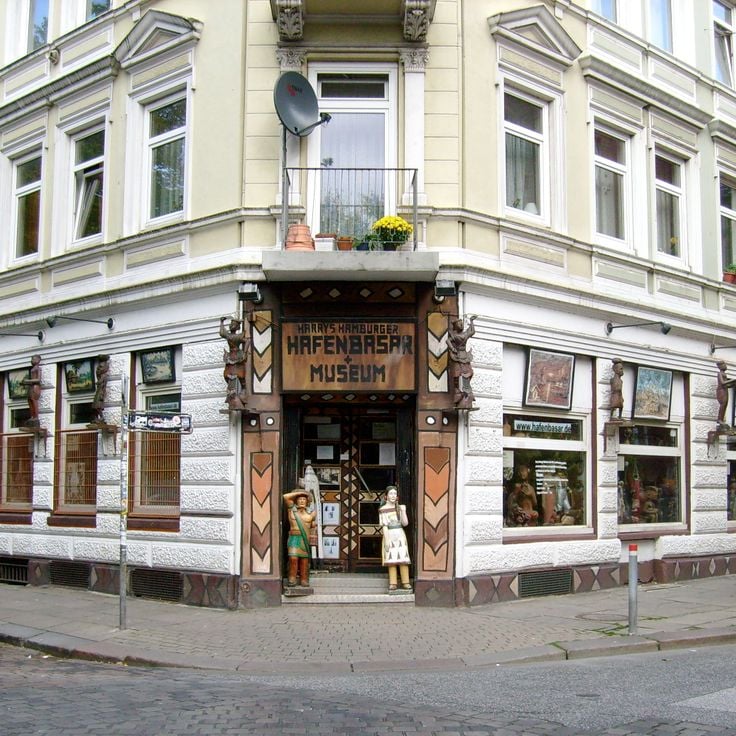
Hamburg, Germany
Antiquities market featuring maritime objects such as ship models, navigation instruments, and old maps in a historical building.

St. Pauli, Hamburg, Germany
Historic concert hall in the St. Pauli district where the Beatles gave their first performance in Hamburg in August 1960.
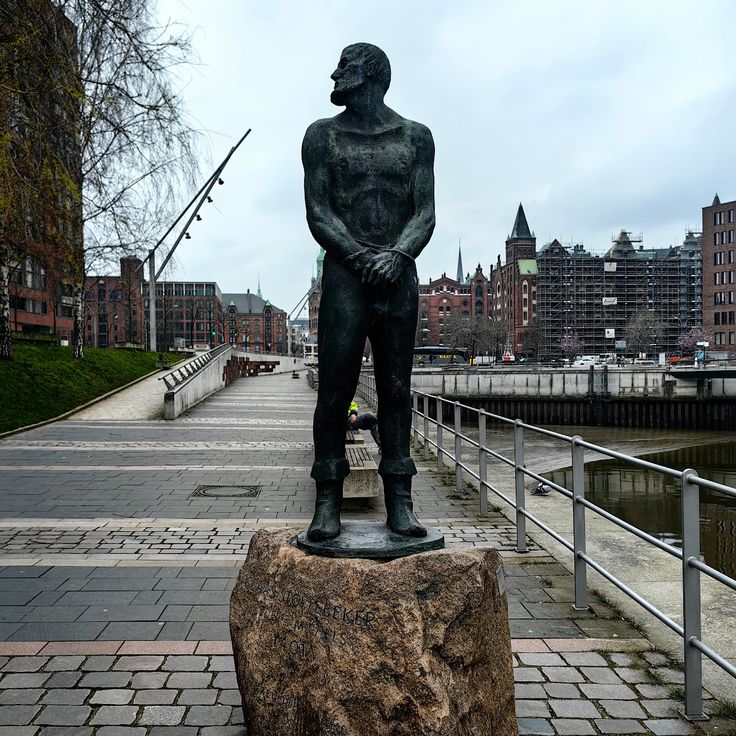
Hamburg, Germany
This skull pierced by a nail is housed at the Hamburg Museum. It belonged to Klaus Störtebeker, leader of the Baltic Sea pirates, executed in 1401.
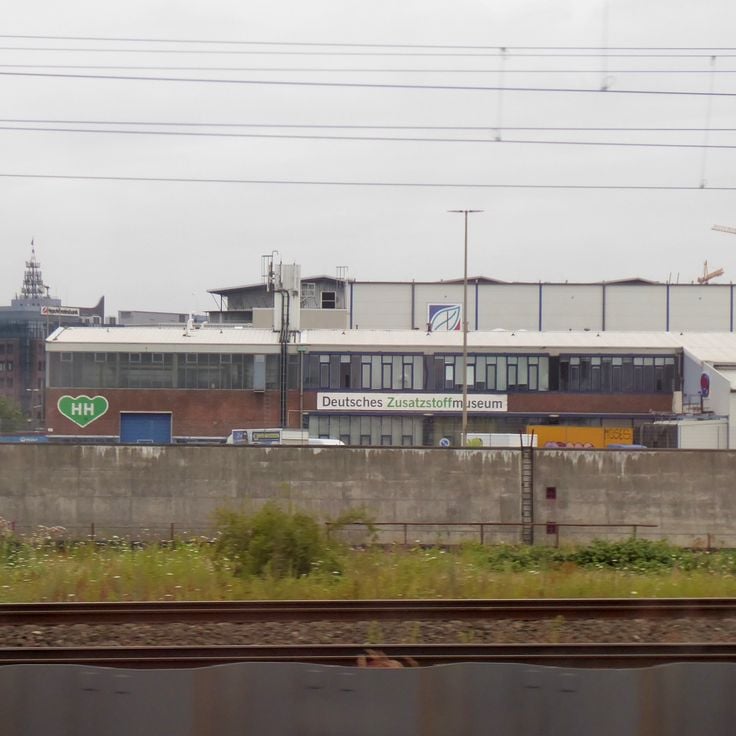
Hamburg, Germany
This museum presents the history and use of additives in the food industry, with exhibits on colorings, preservatives, and other chemicals.

Port of Hamburg, Germany
Cargo ship built in 1961, now a permanent maritime museum since 1986. Visitors can explore cabins, the engine room, and the command bridge.
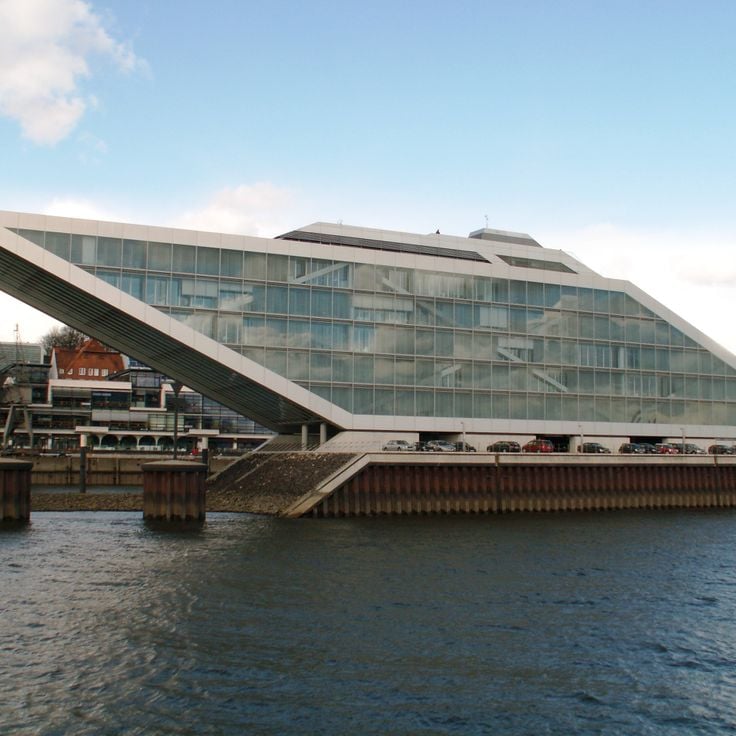
Port of Hamburg, Germany
Ten-story office building constructed in 1993 with a glass and steel façade sloping at 66 degrees towards the Elbe.
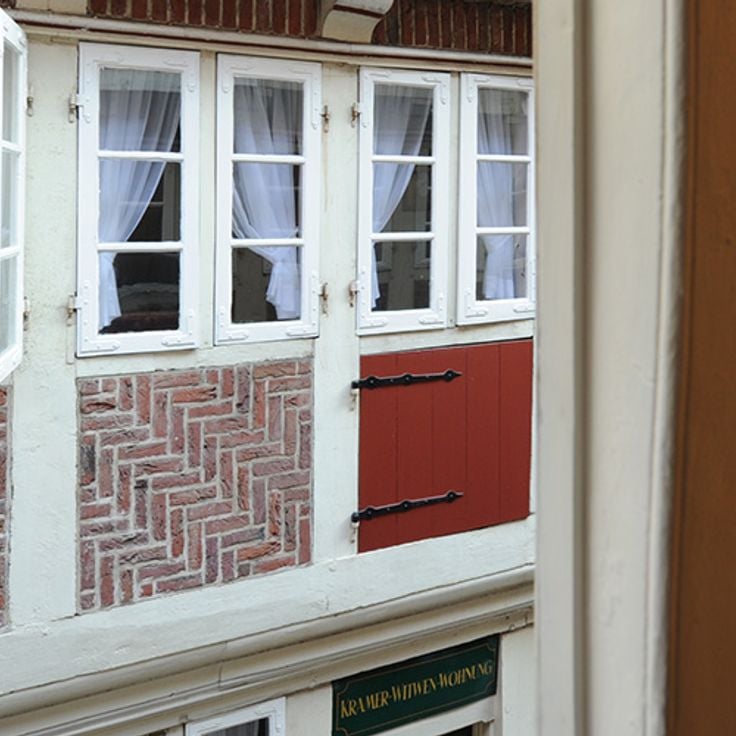
Hamburg-Altstadt, Germany
Historic traders' dwellings built in 1676. These red and white half-timbered houses form a narrow passage in the old quarter.
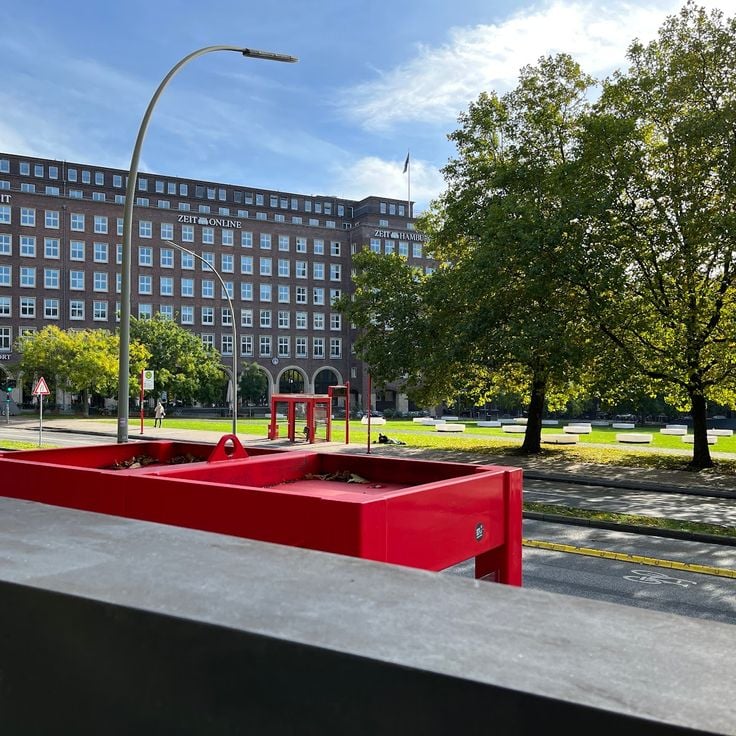
Hamburg-Altstadt, Germany
Medieval foundation in the historical center with walls and fortifications dating back to the 9th century. The site shows early traces of urban establishment.
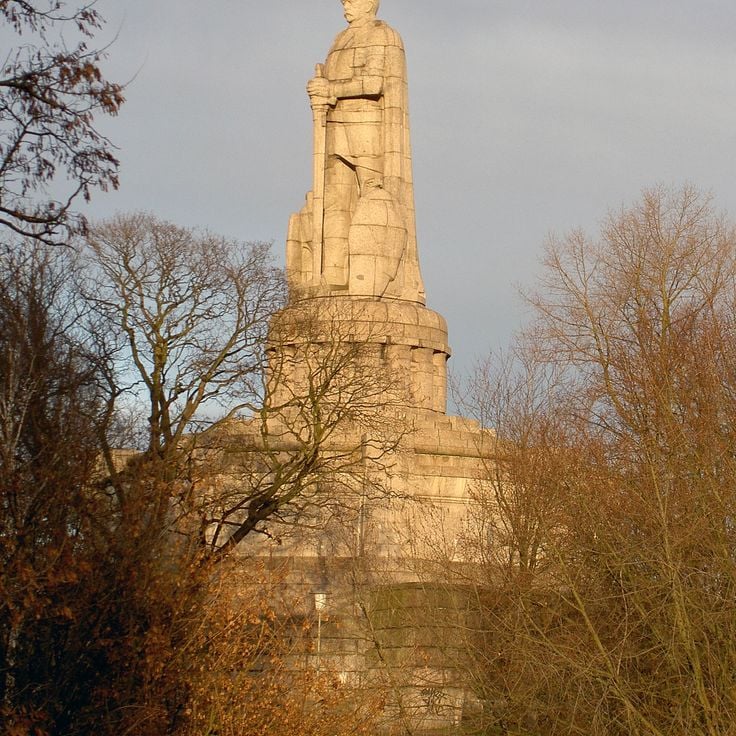
St. Pauli, Hamburg, Germany
34-meter tall statue built in 1906 in sandstone. Chancellor Otto von Bismarck is depicted as a medieval knight holding a sword.

St. Pauli, Hamburg, Germany
Concert hall closed in 1969 where the Beatles played for 13 weeks in 1962, giving a total of 98 performances with Pete Best on drums.